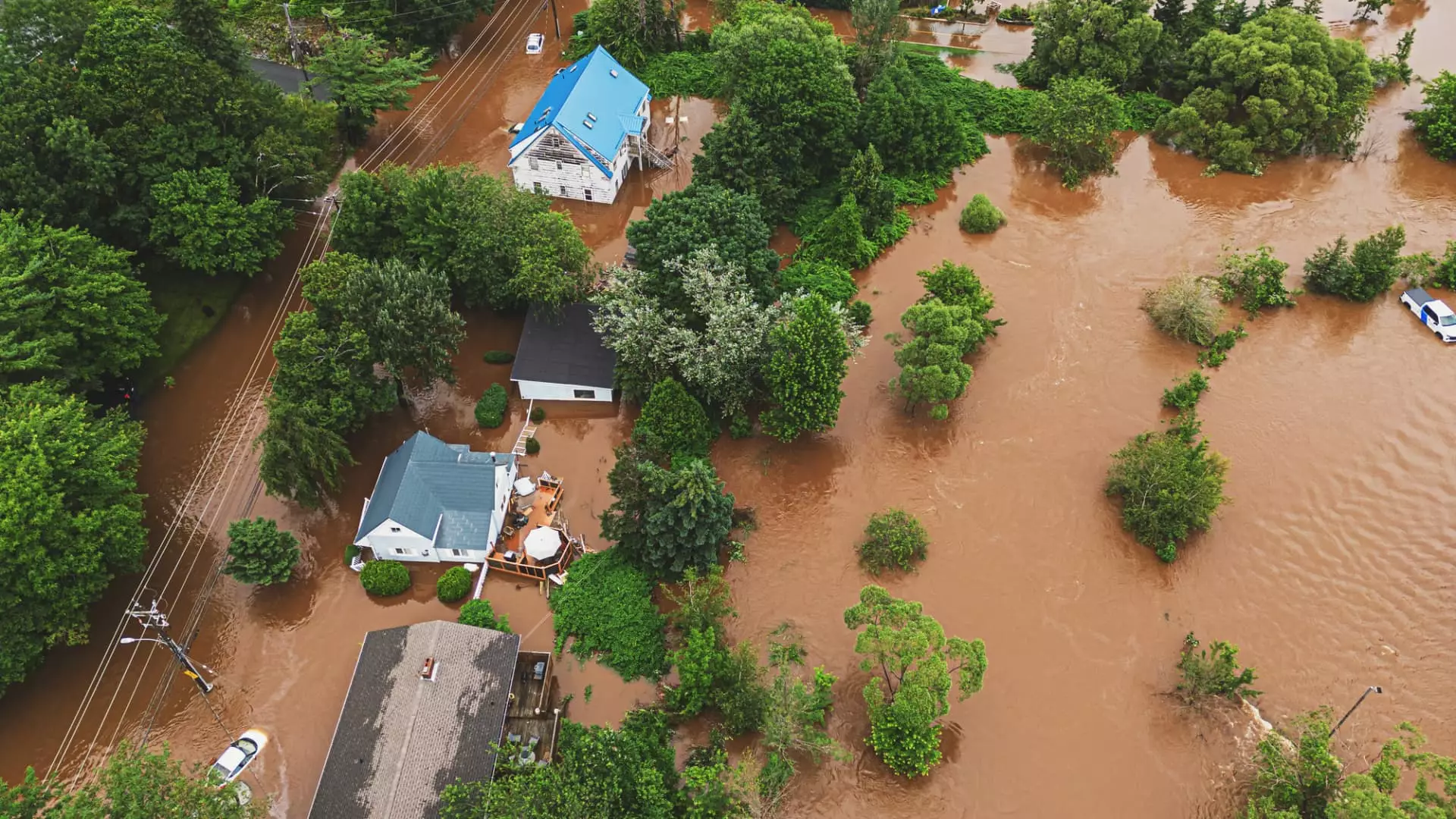As the Federal Reserve gears up to cut interest rates, another critical aspect of the housing market is on the verge of facing a potentially challenging situation. The National Flood Insurance Program (NFIP), a vital government-sponsored insurance program, requires reauthorization by September 30th to continue issuing new policies or enhancing coverage on existing ones.
The impending deadline for the reauthorization of the NFIP could have severe consequences for consumers looking to buy, sell, or refinance their homes. Without the extension of this program, individuals in flood-prone areas may face difficulties in securing a mortgage, as lenders often mandate flood insurance before finalizing a home purchase. This could lead to delays, disruptions, or even cancellations in real estate transactions.
Established in 1968, the NFIP has faced repeated periods of expiration and reauthorization. While Congress has extended its authorization multiple times, the program has still lapsed on three occasions. This perpetual cycle of last-minute reauthorizations highlights the underlying challenge of addressing critical issues in a timely manner, potentially risking significant financial and logistical consequences.
If the NFIP experiences a lapse in authorization, it would be unable to issue new policies or increase coverage, leaving individuals vulnerable to gaps in flood insurance protection. This could result in delays in home sale transactions, as buyers may struggle to obtain required insurance coverage. The limited availability of private insurers offering flood insurance further complicates the situation, emphasizing the necessity of a functional NFIP.
With 4.7 million policyholders and over $1.28 trillion in protected assets, the NFIP plays a crucial role in safeguarding homeowners from flood-related risks. Policyholders must be proactive in renewing their policies ahead of the September 30th deadline to avoid potential disruptions. The lapsing of the NFIP underscores the challenges in finding viable alternatives that can adequately replace its coverage.
Critics have raised concerns about the pricing structure of the NFIP, particularly regarding subsidies and pricing accuracy. The implementation of Risk Rating 2.0 aimed to address pricing discrepancies, but it also resulted in significantly higher premiums for some policyholders. The ongoing debate over pricing and affordability highlights the complexities of reforming the NFIP while balancing the needs of homeowners and the program’s financial sustainability.
Despite the impending deadline and the financial challenges facing the NFIP, Congress remains hesitant to let the program expire entirely. The interplay between policy pricing, affordability, and program sustainability underscores the need for comprehensive reform. With bipartisan efforts to address the program’s shortcomings, there is hope for a sustainable solution that balances the interests of homeowners, insurers, and policymakers.
The looming deadline for the reauthorization of the National Flood Insurance Program underscores the critical role this program plays in protecting homeowners from flood-related risks. As Congress faces the challenge of securing the program’s future, stakeholders must remain vigilant and proactive in navigating potential disruptions in the housing market. The complexities of pricing, affordability, and program sustainability require a comprehensive approach to ensure the long-term viability of flood insurance coverage in the United States.


Leave a Reply